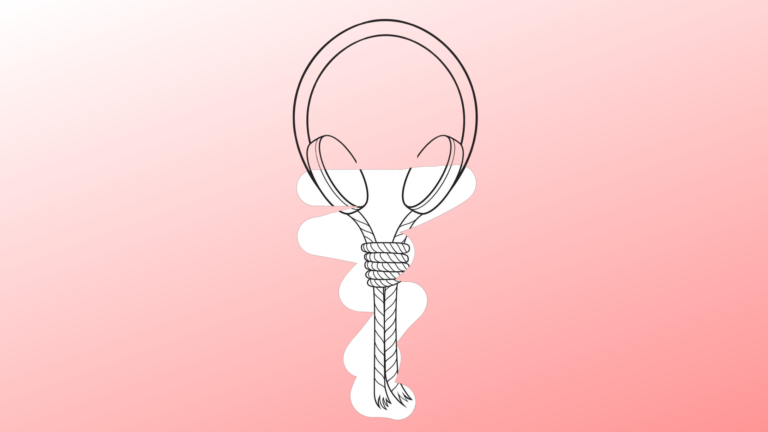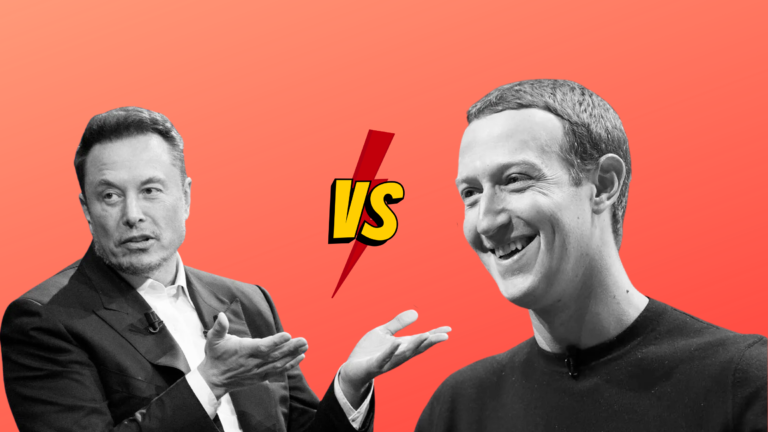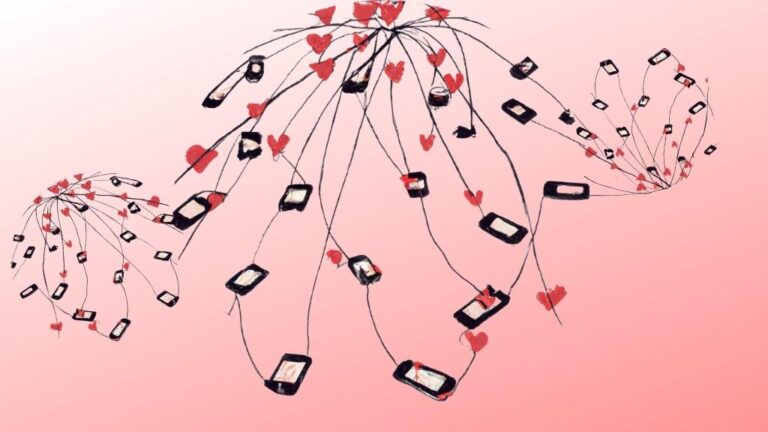Introduction
Online dating needs little introduction and it should be a foregone conclusion that it is here to stay: In 2021 Statista found that over fifty-two million Americans currently use at least one dating app and it is estimated that 39% of new couples are formed online (1, 2); this rate now supersedes any other comparable matchmaking channel (e.g, introduction by friends). We are witnessing the “datification of love” (3). Just as fast as the associated stigma of online dating services has declined, people are beginning to acknowledge the true advantages they provide as romantic intermediaries.
But what exactly are these benefits? Dating platforms are match curators. Their marionette only bears two control strings: match quantity and quality. They increase the pool of possibilities for a user and algorithmically filter this sea of romantic prospects in an (allegedly) optimal way. Espoused claims pertaining to this latter benefit will be the focus of this article.
The Problem
Online dating platforms frequently boast that they offer scientifically-based, optimal procedures for helping users find romantic partners. eHarmony claims to “screen thousands of single men and women to bring you only the ones that have the potential to be truly right for you.” Hinge’s motto, “designed to be deleted,” implies a similar “soulmate finder” objective. OkCupid throws its hat into the ring with “our one-of-a-kind algorithm matches you on what actually matters.” In short, many dating services at least claim to be an effective tool in the quest for a long-term, compatible partner. Polling suggests that this largely represents the intentions of users as well: 74% of dating app users are looking for commitment, and a whopping 42% are ultimately hoping for marriage (4).
In execution, services pursue these ends with varying degrees of authenticity. eHarmony, for example, has invested millions of dollars and decades of research into their compatibility survey which asks users up to 150 questions in order to refine algorithmic recommendations. Hinge, on the other hand, requires not much more than a couple of photos and comedic prompt responses to begin swiping; its algorithm relies on a “collaborative filtering” approach that analyzes an individual’s past likes/dislikes to gauge their (almost entirely physical) preferences to inform future recommendations (5). If at all, its algorithm barely accounts for personality traits let alone any notion of how they inform long-term compatibility. In actuality, it is designed to optimize the frequency at which a recommendation results in a match, but not necessarily “a match that is likely to lead to a lasting and happy relationship.”
Even eHarmony which at least theoretically employs a predictive model does so without any accountability. The user, and therefore the algorithm, has no way of immediately evaluating the accuracy of any given compatibility rating. In what could be a point of contention, I believe compatibility to be a retrospective quality; it is almost always revealed over time as individuals embark on shared experiences that act as real-life tests of compatibility, unveil their authentic selves to each other, and cultivate emotional bonds: “was I compatible with him?” is much easier to answer than “will I be compatible with him?”
While there indeed might be some correlation between enduring love and the types of behavior or attributes used as inputs for matching algorithms, no one has made an attempt to capture it. The explanation for why is quite evident: it is much easier to train algorithms with one’s like history, conversation durations, and so forth than the data required for true compatibility. For any user A, the machine learning algorithm would need a training set consisting of individuals known to be incompatible or compatible with A in the long run and some indication of what makes this so. From the standpoint of a dating service, most if not all of this data would require the observation of matches after these users have left the app. Ironically, Hinge’s “design to be deleted” is somewhat of an oxymoron.
Collecting data of this kind at the scale needed for meaningful predictions is difficult, if not impossible. If A and B match, take things offline, and turn out to be soulmates, how would eHarmony’s algorithm know it has made a great match? In other words, the algorithm cannot learn from its predictions and readjust. Worse yet, even if it could obtain this data at scale, the information would be most valuable to inform matches for users who are no longer in need of such; knowing more about what makes B good for A will not help A who is no longer in need of partner recommendations.
Checkmate: The Compatibility Service with the Potential for Algorithmic Accountability.
Checkmate is a recently released app from the creators of Marriage Pact that allows any two individuals to approximate their long-term compatibility. Upon signup, a user is required to answer 24 personality-based questions that will ultimately be interpreted by Checkmate’s algorithm to calculate their compatibility with someone else; you can add friends within the platform and/or scan one’s QR code to initiate the process. Users are able to answer additional questions that over time strengthen their personality profile; antecedent compatibility ratings are readjusted in real-time. Marriage Pact also has plans to release a complementary service, “Soulmate Radar,” which will notify two unaffiliated users of their high compatibility when in close proximity.
The app exploded in popularity in late 2022 but has appeared to quiet down since. As mentioned in my previous article, “Will Black Mirror’s ‘Hang the DJ’ Ever exist? A Critical Response to The Stanford Daily,” this might partly be due to a perceived lack of accuracy in compatibility scores; critics have anecdotally reported that ratings with friends do not reflect their intuitions. To a degree, my own experiences reflect this sentiment: I received comparably low compatibility scores with both my long-term girlfriend and best friend of 15 years. This is a problem. Our intuitions regarding the compatibility of our long-term relationships are as close to any notion of objective compatibility we will ever get; years spent in happy coexistence offer the only true evidence of compatibility.
Could this issue actually be a goldmine opportunity for Checkmate? With the mere introduction of meta ratings, cautiously I think yes. Unlike any other matching service that I am aware of, Checkmate has the potential for predictive accountability in virtue of its use amongst friends or those in existing relationships. That is, a carefully crafted feature could allow users to sort of “correct” the algorithm through input of their own perceived compatibility. This type of self-evaluative compatibility data does not exist en masse. When paired with data specifically designed to decode these ratings (i.e, Checkmate’s survey), data science could perhaps break the code for compatibility at the level of the individual. Since Checkmate is used to measure compatibility of people who both know each-other well or do not, meta ratings of the former could help inform predictive ratings pertaining to the latter. Furthermore, this would help on the AI transparency front; I suspect that there would be less frustration/confusion from ratings when users possess the autonomy to play a more active role in their determination. Checkmate might even wish to consider recalibrating the antecedent ratings of friends based on their ensuing input; so if two users evaluate their rating as a gross underestimate, Checkmate might use this information as the primary determinant for their recalibration.
If feasible (and there are definitely a number of potential hurdles), the implications for romantic predictions are extraordinary. Have you ever heard someone refer to their partner as their “best friend” ? Do you think that the transition of partners to a shared living space is a pivotal point in a relationship? My point here is that intimate relationships sometimes resemble our platonic ones (e.g, our friends and roommates); the corresponding insight might just be a useful tool to bolster dating recommendations.
Conclusion
Behavioral economist Dan Ariely observes that the dating market for single people has long been “one of the most egregious market failures in Western society” (6) Perhaps harnessing information from existing relationships could improve societal levels of romantic well-being.
In conclusion, I think Checkmate is in a position to unlock a new type of predictive model for compatibility that no other service has the data to power – One that is hyper-individualized and feasible (indeed improves) at scale – One that properly marries data science to psychological research: a king and a queen. Checkmate.
Sources
(1) Statista Digital Market Insights. (March 30, 2021). Number of online dating users in the United States from 2017 to 2024 (in millions) [Graph].
(2) Buchholz, Katharina. “How Couples Met.” Statista, 2020.
(3) Bandinelli, Carolina. “Dating Apps: Towards Post-Romantic Love in Digital Societies.” International Journal of Cultural Policy
(4) Hadji-Vasilev, Andrej. “25 Online Dating Statistics & Trends in 2023.” Cloudwards, 16 Mar. 2023
(5) Sharabi, Liesel L. “Finding Love on a First Data: Matching Algorithms in Online Dating.” Harvard Data Science Review, 2022.
(6) Ariely, D. (2010). The upside of irrationality. New York, NY: Harper Collins.







Great read james, hopefully one day I will delete all my dating apps!